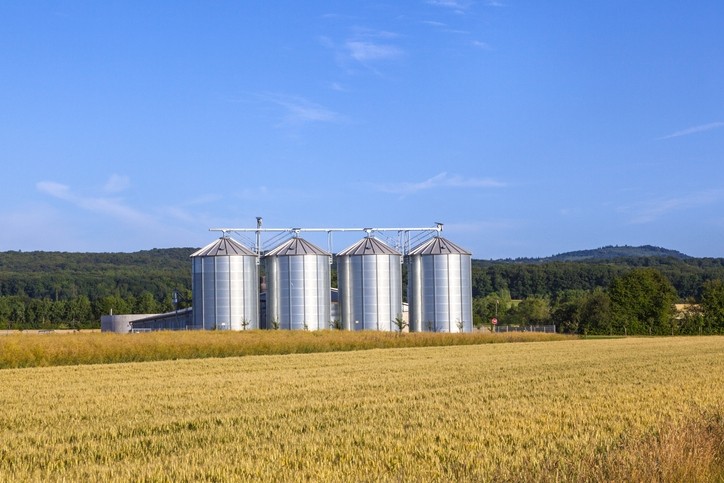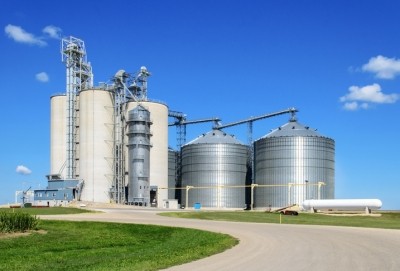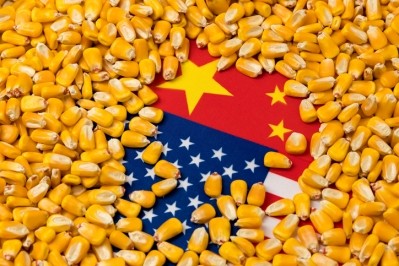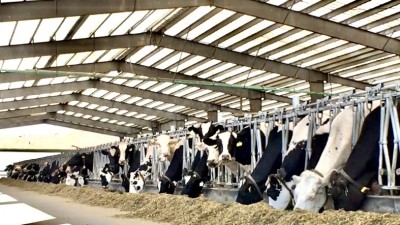US grain export recovery after Hurricane Ida, geopolitical tensions may see buying patterns shift

“We also fear the impact of current geopolitical tensions between the US and China – over trade, Taiwan’s independence, and other matters.
“It may push China to buy more grain from alternate sources, specifically, wheat from Russia and Ukraine, during 2022 and possibly beyond.”
US grain exports are recovering after Hurricane Ida, reads the publication. However, combined corn, soybean, and wheat shipments from the US to China have fallen by one-third compared to last season, noted the economists.
Indeed, up to mid-December, the accumulated exports of US corn, soybeans, and wheat to China totaled 20.4 million metric tons (MT), 33% less than the previous year, the data shows.
The decline in Chinese buying, though, was partially offset by a hike in US grain exports to other markets. The exports of the three major grains increased by 24% to Mexico (led by a 36% increase in corn purchases) and by 6% to Japan, noted CoBank.
US economy shines
Despite another surge in COVID-19 cases and the accompanying complications, the US economy continues to perform, reads the report.
"Workers are steadily returning to the labor force, the unemployment rate is now under 4%, and consumers are still spending confidently.
"Omicron will dent Q1 GDP, but we expect a healthy bounce in Q2, and for the economy to remain on track for 4% growth in 2022."
US animal protein trends
For US producers of poultry and pork, Chinese demand has waned but the opportunities for beef exports remain robust, said the ag market specialists.
“The 2022 outlook for sales to China remains mixed, as the nation’s hog inventory has strongly rebounded but African swine fever (ASF) always remains a wild card. China’s growing affinity for US beef has made producers optimistic, especially as China’s imports of beef from Brazil were suspended after confirming atypical mad cow disease in September.”
Elevated corn and soybean prices continue to limit profitability potential for the US broiler sector, they continued. But, by most accounts, the burden of higher feed costs was largely offset by higher wholesale chicken prices in 2021, reported the CoBank economists.
Milk supplies tightened further in Q4 as the US dairy herd continued to shrink, particularly in the West and Southwest regions of the US, where the lack of feed availability remains a persistent stressor for dairy farmers, they remarked.
“The US is now milking the fewest cows since September 2020 as dairy farmers struggle with rising costs of production. However, signs of prosperity are on the horizon as heifer prices rise, dairy cow slaughter moderates, and farm sales slow, indicating that producers are climbing back into profitability as milk prices rally.”
USDA’s December 1 Quarterly Hogs and Pigs Report showed a notable decline in hog supplies, largely confirming market expectations, reported the CoBank team.
“All hogs and pigs were reported down 4% from a year earlier, while market hogs were down 4.4%, continuing a contraction since mid-2019. It was the lowest December 1 inventory level reported since 2017.”












